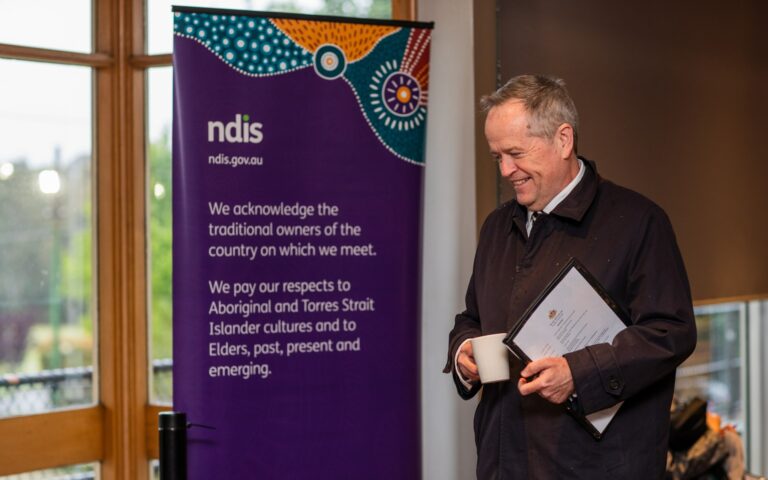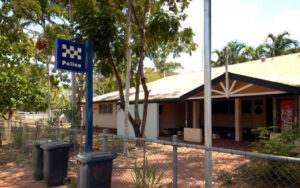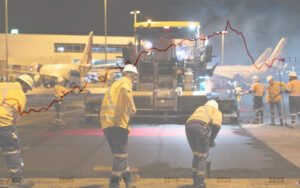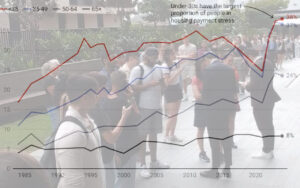Australia’s National Disability Insurance Scheme is set to cost taxpayers more than the aged pension within three years if current trends continue and Middle Eastern criminals are not stopped from committing large-scale fraud.
If the current NDIS growth trajectory of 20% per year is maintained the scheme will cost $100 billion by 2027, making it the largest area of government spending.
The NDIS already costs $42 billion a year, more than the aged care system on $36 billion, Medicare on $32 billion, and hospital federal funding on $30 billion.
About 2.6 million Australians are on the aged pension, and the NDIS has 650,000 participants.
The rapid growth in the NDIS has been attributed to a surge in child enrolments for autism and “developmental delay”, as well as widespread fraud, with 12% of boys and 6% of girls aged between 5 and 7 now participating.
Earlier this month NDIS integrity chief John Dardo told a Senate committee that there were “significant indicators of fraud” portrayed by 90% of plan managers that handled funding for up to 100 participants.
In May Acting Commissioner of the NDIS Quality and Safeguards Michael Phelan warned that Middle Eastern gangs and other criminal groups were stealing more money from the National Disability Insurance Scheme than previously suspected, costing the taxpayer at least $8.8 billion this year alone.
Mr Phelan warned in 2022 while boss of the Australian Criminal Intelligence Commission that as much as one-fifth of NDIS funding was being abused by crime syndicates, while a Nine newpapers investigation in the same year found that members of Middle Eastern crime syndicates were heavily involved in robbing the scheme.
Mr Phelan told the publication that the organised crime groups were creating fake clients, inflating invoices, intimidating and taking advantage of real NDIS clients, skimming money, charging for services never provided, and even had pharmacy employees on the payroll to identify new NDIS users they could exploit.
Labor is attempting to cut the annual growth rate down from 20% to 8%, but its proposed legislation is facing opposition from the Coalition and the Greens.
The Parliamentary Budget Office (PBO) estimates that even if Labor reaches its 8% target by 2026, the NDIS will overtake the aged pension within 10 years. A 10% annual growth rate would see it draw level in 2030-31 on $82 billion.
The PBO warned in its annual Beyond the Budget report that growth in NDIS spending will force the government to levy higher income taxes, the AFR reported.
18% of Australians (4.4 million people) are disabled, according to the most recent government data, and for 23% of those their main form of disability is mental or behavioural.
Another 22% of the population have a long-term health condition.
























